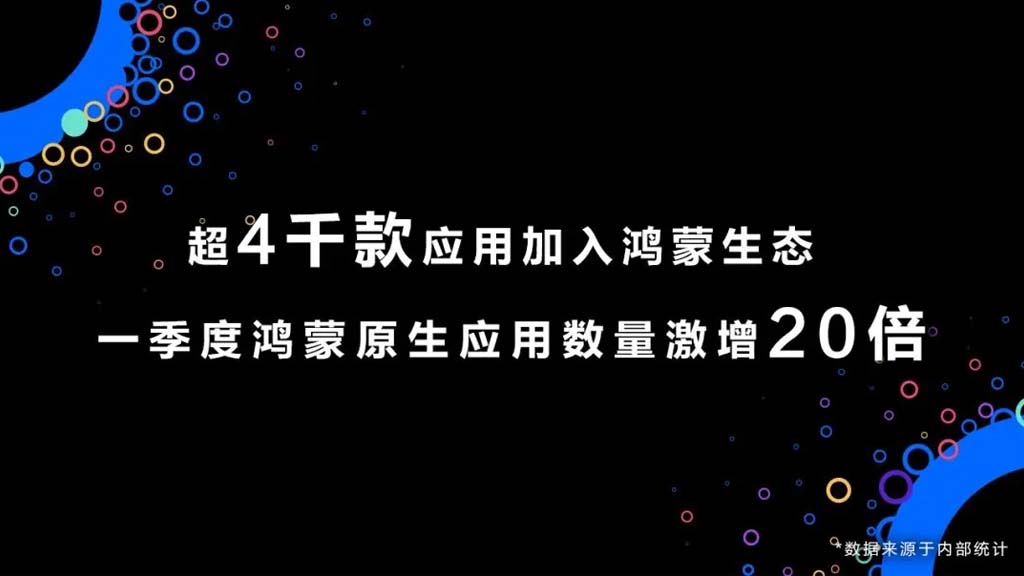HarmonyOS
Native HarmonyOS apps exceed 4000 mark reveals Huawei

Huawei has announced that there are now over 4000 native apps that are developed or in development for the native HarmonyOS app ecosystem.
This announcement comes amid the company is preparing to launch HarmonyOS NEXT, a pure version of the HarmonyOS operating system. In 2020, Huawei released HarmonyOS 2.0 which supported smartphone platforms but can also run Android apps.
The dual app framework integrates open-source Android code libraries. The company has eliminated all of the Android code from HarmonyOS NEXT and is now focusing solely on HarmonyOS apps.
Earlier this year, the company announced that more than 200 app developers have joined the development of native HarmonyOS applications. Compared to that the company saw 20 times the growth in the number of apps within the 4 months. That’s an exponential growth.

HarmonyOS Native apps increased to 4000 (Image source – Huawei)
Announced at the Huawei Developer Conference 2023, Huawei aims to make this new HarmonyOS software universal to the Huawei ecosystem with improved performance. New optimizations were made to the app architecture and software side to improve compatibility. This will result in fast load and smooth interface interactions for apps and games.
The current list of apps covers different industries including lifestyle, travel, finance, social media, productivity tools, audio and video entertainment, games, and more.
Strengthening the mobile app ecosystem is one of the key challenges for the company. However, shifting to a native mobile system could help it to grow from the inside out to challenge Android in China.
Huawei has launched the developer version of HarmonyOS NEXT for testing. A consumer version launch for all mobile users could be coming at HDC 2024 in the second half of this year.






